Could food waste be the future of fashion? As brands shift to finding alternatives for leather – one of the biggest polluters on the planet – materials derived from plants are shaping the way for more eco-friendly fashion.
The next generation of material is a fruity one; vegan leathers including apples and grapes are a hit amongst brands committed to sustainability. This World Earth Month and in time for Earth Day on 23 April 2023, we’re shining a light on the pioneering fabrics and fashion players making a change.
BANANAS
Over one third of food goes to waste every year, but what if we could turn some of that waste into the clothes we wear? London-based brand Pangaia – leaders in material science development – created and trademarked a range of bio-based materials in 2021 to help address the problems linked to the world’s over-reliance on cotton. FRUTFIBER™ repurposes food waste, turning banana leaf fibre, pineapple leaf fibre and bamboo into a new, innovative fabric. Sustainable luxury footwear brand INUIKII also launched their Bananatex® boots made purely from banana plants. Cultivated in the Philippines within a natural ecosystem of sustainable forestry, the process contributes to reforestation in areas of the former Philippine jungle eroded by soil damage due to monocultural palm plantations, whilst enhancing the economic prosperity of its farmers.
VEGEA
VEGEA is a next-generation, bio-based vegan leather made using pomace: the residue of vinification (winemaking) made up of grape skins, stems and seeds. Fast-fashion giant H&M used Vegea for a number of bags and shoes in its SS20 Conscious Collection, which they discovered through their own Global Change Award in 2017. It has since been used by fashion houses Tommy Hilfiger and Calvin Klein plus, most recently, Pangaia, whose grape leather sneakers were repurposed from the Italian wine industry’s waste.
MYLO
Mylo’s scientists Bolt Threads created a soft, substantial, sustainable leather alternative made from mycelium, the infinitely renewable underground root system of mushrooms. Brands that have partnered with the scientists behind Mylo have included Adidas – with the Stan Smith Mylo, the first-ever shoe made with mushroom leather – and Stella McCartney, a lifelong vegan who has never used animal hides or fur in any of her collections. She debuted a Mylo handbag for her SS22 collection; it was the first seen on the runway and has been reimagined in a new and exclusive white colour for AW23.
PIÑATEX
Piñatex is made using fibre from the leaves of the pineapple plant. These leaves are considered a waste product of the pineapple harvest and so the raw material requires no additional environmental resources to produce. Chanel displayed their first Piñatex product, a gold boater hat, in its Pre-Fall 2019 collection but it hasn’t been seen since, and London-based luxury outerwear brand Mariam Al Sibai launched a sell-out trench coat in 2020. But it’s London-based handbag brands Marici – who launched with Selfridges as part of their trailblazing Project Earth – and Mashu who remain committed to using pineapple leather in their collections and in building a circular design economy.
APPLESKIN
Appleskin is a bio-based material made using the leftover pomace and peel from the fruit juice and compote industry. London-based accessories brand DeMellier, which prides itself on being sustainably conscious, has launched a vegan capsule, with two of its iconic handbags in apple pulp and peel crafted in Northern Italy. Appleskin is one of the most sustainable vegan leathers available, the leftovers are processed into a powder and combined with other materials which is laminated onto recycled cotton and then vegetable tanned.
OHOSKIN
Ohoskin is a startup established in Sicily in 2019; it’s the first made-in-Italy, bio-based material alternative to luxury leather created from the by-products of Sicilian oranges and cactuses. This year, Ohoskin launched its first full-scale collaboration with cult Scandi-fashion brand GANNI during Copenhagen Fashion Week. The Bou Bag, which launches on 13 April, is part of the Danish label’s FW23 collection BUTTERFLIES! and stands towards their commitment to phase out virgin leather from all products by 2023.
TômTex
Up to eight million tonnes of waste seafood shells and 18 million tonnes of waste coffee grounds are generated by the global food and drinks industry per year. Vietnamese designer, Uyen Tran, has developed a flexible bio-material called TômTex, a leather alternative made using discarded seafood shells mixed with coffee grounds to create a soft, leather-like material. New York-based brand Peter Do partnered with TômTex for his SS23 fashion show, the first time the TômTex material has been on the runway, with a duo of patent, leather-esque looks that started as waste diverted from landfills.
Main Image: Maison Peaux Neuves
We may earn a commission if you buy something from any affiliate links on our site.

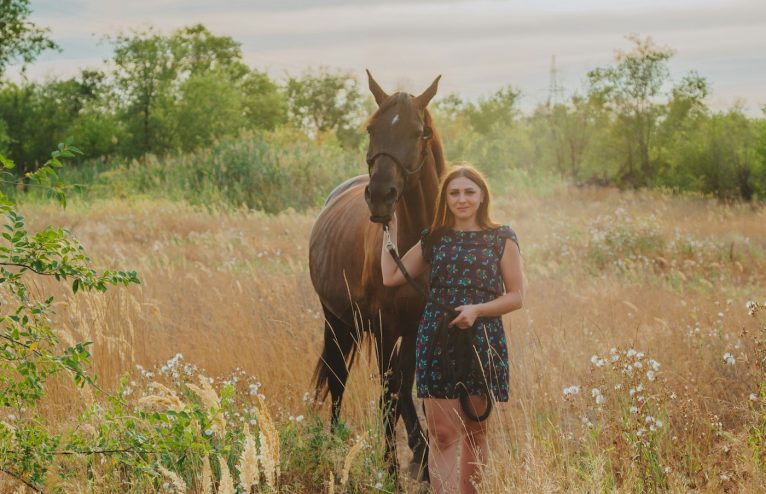


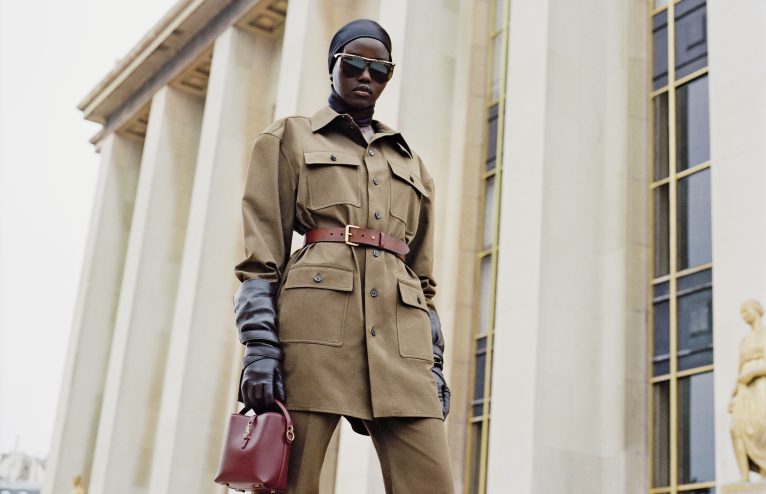

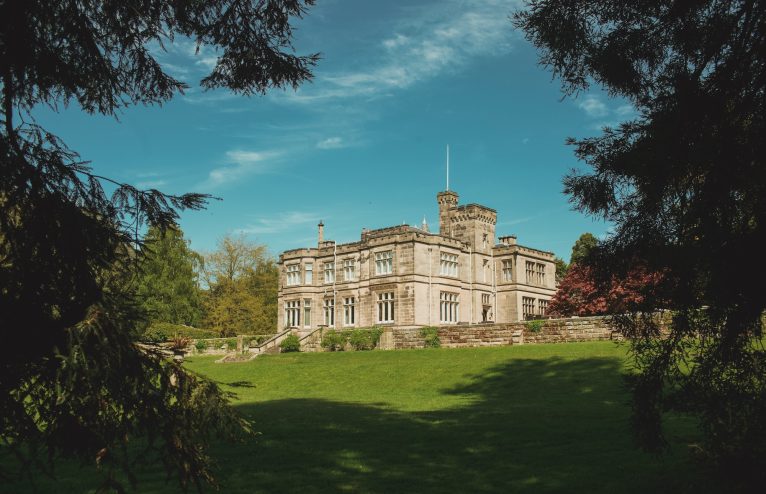
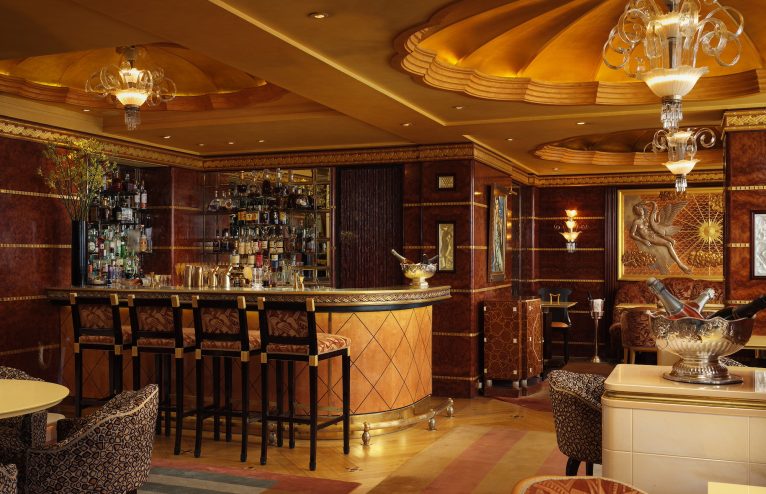

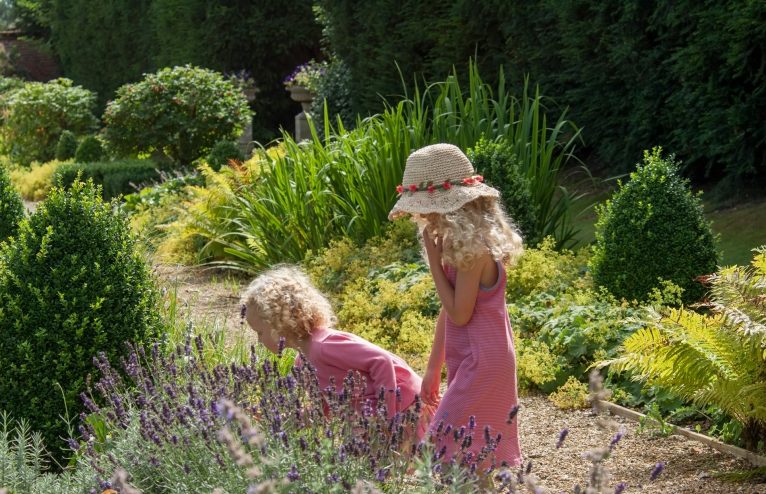






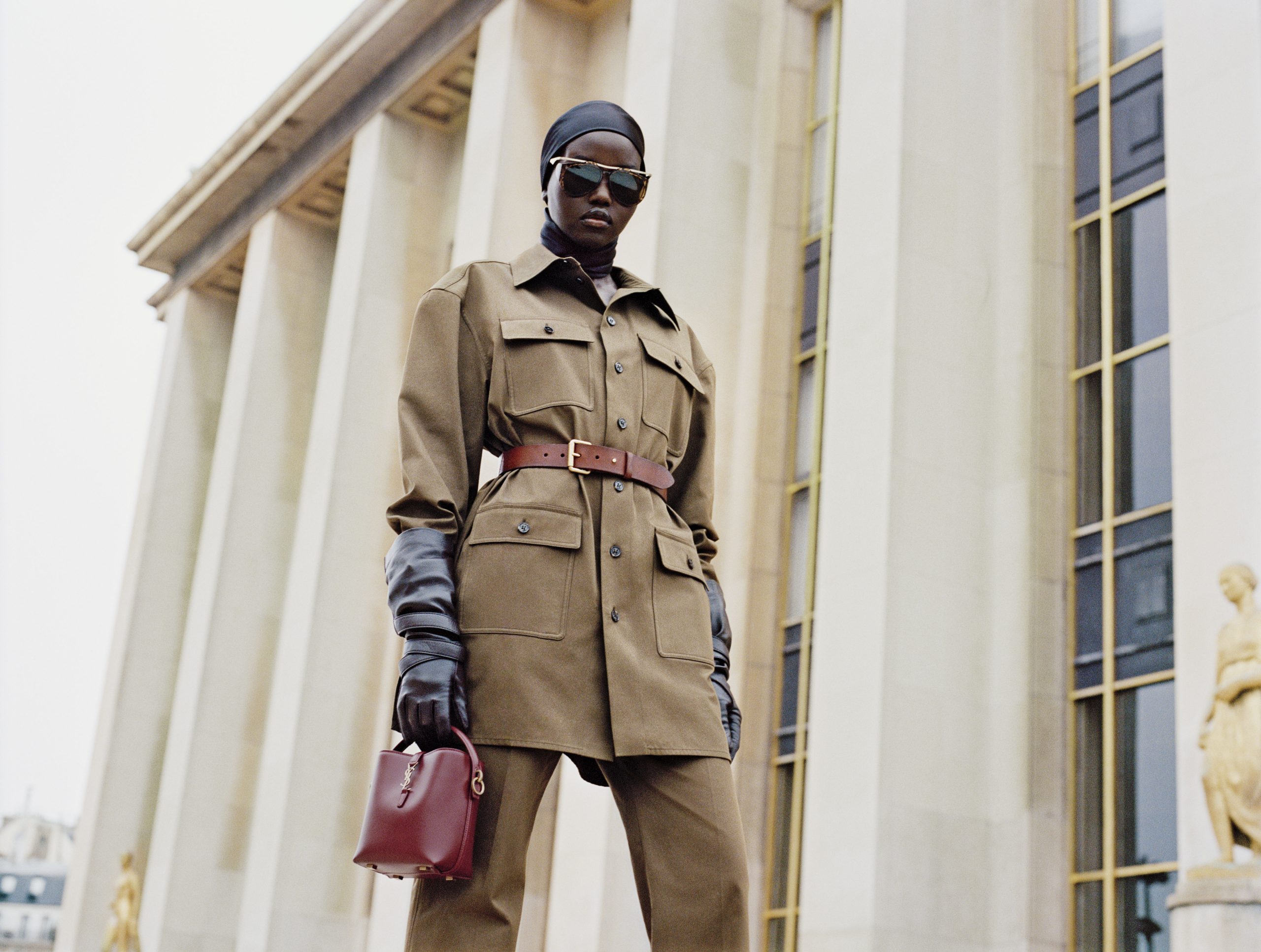



Any Questions or Tips to add?